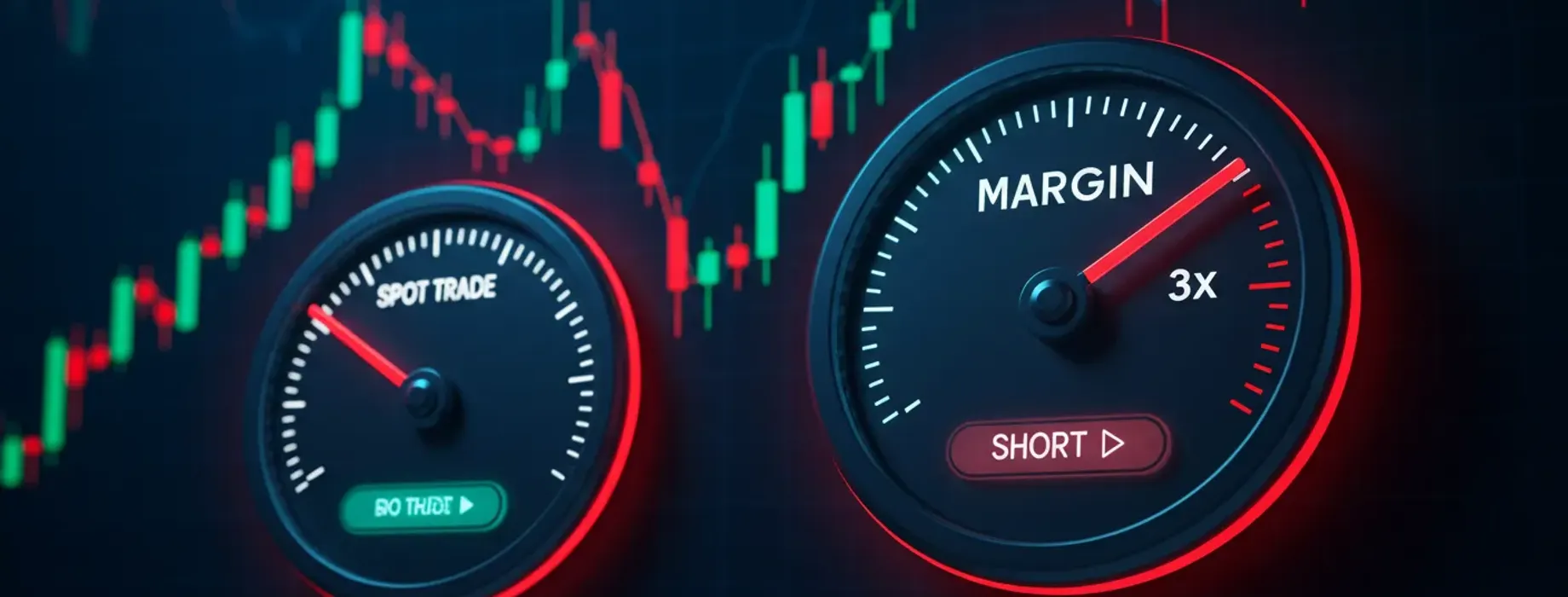- Initial margin requirements vary by contract
- Market volatility affects margin levels
- Different exchanges have unique requirements
- Position size impacts margin calculation
TradePro's Complete Analysis of Futures Trading Margin Requirements

Understanding futures trading margin requirements is crucial for anyone looking to participate in the futures market. These requirements serve as the foundation for market access and risk management, determining how much capital traders need to maintain positions.
The concept of futures trading margin requirements encompasses several important aspects that traders must comprehend before entering the market. This financial mechanism ensures market stability and protects both traders and brokers from excessive risk exposure.
| Margin Type | Description | Typical Percentage |
|---|---|---|
| Initial Margin | Required to open position | 5-15% |
| Maintenance Margin | Minimum account balance | 3-12% |
| Variation Margin | Daily settlement adjustment | Variable |
The futures day trading margin system operates differently from traditional stock trading. Traders must understand these specific requirements to manage their positions effectively.
| Contract Type | Initial Margin | Risk Level |
|---|---|---|
| E-mini S&P 500 | $6,000-$12,000 | Medium |
| Crude Oil | $4,000-$8,000 | High |
| Gold | $3,000-$6,000 | Medium |
Futures trading margin analysis requires careful consideration of market conditions and individual trading strategies. The futures trading margin structure enables traders to control larger positions with smaller capital commitments.
| Strategy Type | Margin Requirement | Capital Efficiency |
|---|---|---|
| Day Trading | Lower | Higher |
| Position Trading | Higher | Lower |
| Spread Trading | Medium | Medium |
- Regular margin assessment is essential
- Market conditions affect requirements
- Risk management integration is crucial
Understanding futures trading margin requirements helps traders develop effective strategies while maintaining adequate risk control. This knowledge enables better position sizing and risk management decisions.
| Risk Factor | Impact on Margin | Management Strategy |
|---|---|---|
| Market Volatility | Increased Requirements | Position Adjustment |
| Contract Size | Direct Correlation | Size Optimization |
| Market Direction | Variable Impact | Hedging Options |
- Monitor margin levels continuously
- Maintain adequate cash reserves
- Understand margin call procedures
- Review broker requirements regularly
The implementation of proper futures trading margin requirements ensures market stability and trader protection. Understanding these requirements is essential for successful trading operations.
FAQ
What are the basic futures trading margin requirements?
Futures trading margin requirements typically include initial margin (5-15% of contract value), maintenance margin (3-12%), and variation margin for daily settlements. These requirements vary by exchange and contract type.
How does futures day trading margin differ from regular margin?
Futures day trading margin is often lower than overnight margin requirements, allowing traders to use capital more efficiently during market hours. Positions must be closed before market end to maintain reduced margins.
What factors affect margin requirement changes?
Market volatility, contract size, underlying asset price movements, and exchange policies all influence margin requirements. Requirements may increase during periods of high market uncertainty.
How are margin calls handled in futures trading?
When account equity falls below maintenance margin, traders must deposit additional funds to meet the initial margin requirement or close positions. Brokers typically provide notice and specific timeframes for resolution.
What strategies help manage margin requirements effectively?
Effective strategies include maintaining adequate cash reserves, monitoring position sizes, diversifying trading strategies, and understanding contract-specific requirements before trading.